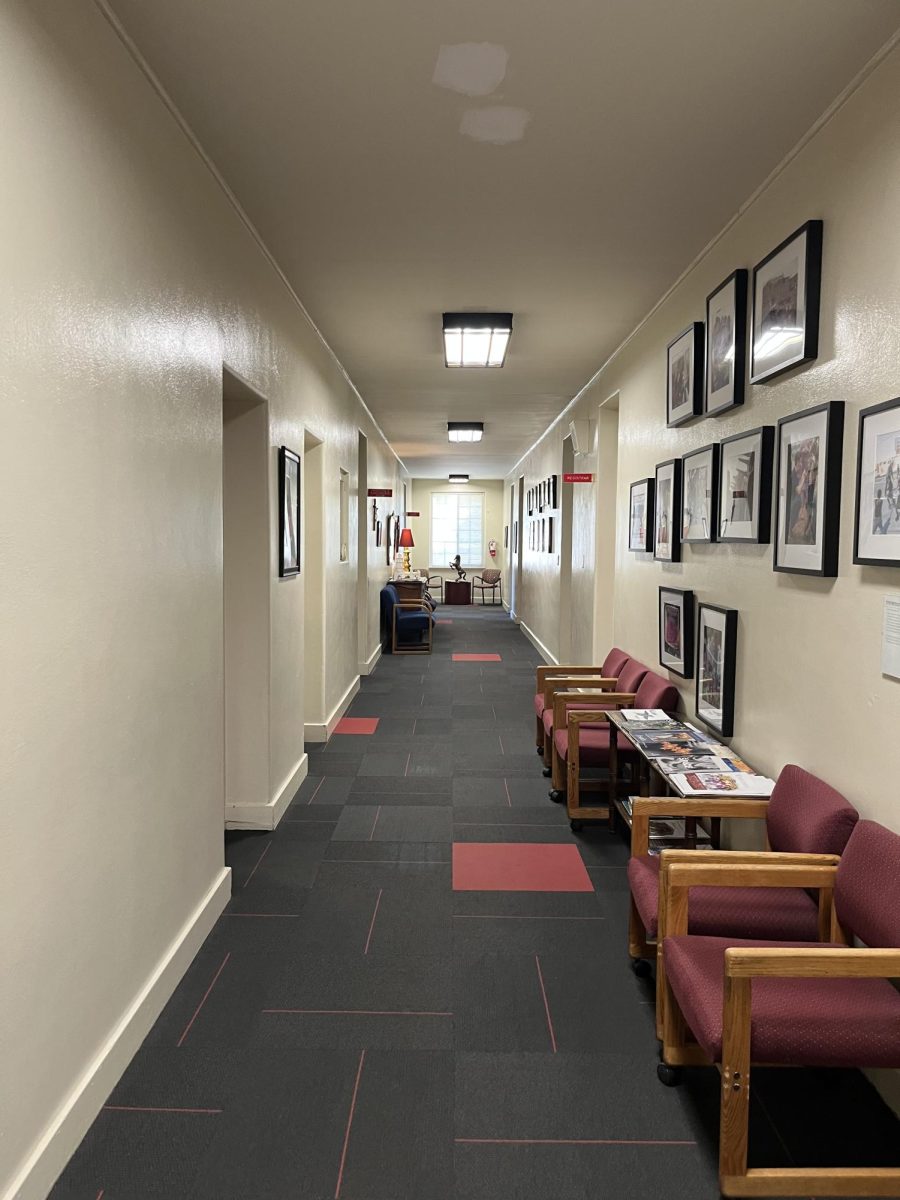By Kaleb Lucero ’18
THE ROUNDUP
Students who fall below the standard recommended 60 minutes of exercise six days a week are more prone to bodily and mental health problems, according to studies and experts.
According to the World Health Organization, people ages 5-17 “should accumulate at least 60 minutes of moderate- to vigorous-intensity physical activity daily.”
If students do not get their 60 minutes of exercise on their own time, they can miss out on certain benefits, as well as be more susceptible to certain diseases and health problems.
Assistant Athletic Trainer Ms. Mica Sanchez said she thinks these guidelines are great for younger people.
“I’ve seen another guideline of 30 minutes a day, three times a week, but I think with the growing problem of obesity and the younger generation being so reliant on and connected to technology, more frequent activity is necessary,” she said.
The World Health Organization also states that going beyond the 60 minutes of exercise a day provides additional health benefits, and some physical activity, rather than none, will at least give you some of the health benefits.
However, not all students want to or are able to achieve this goal.
According to a Roundup Twitter poll, 28 percent of respondents get less than four hours of physical activity in a week, and of those 5 percent get less than one hour.
The physical dangers of a sedentary lifestyle, according to the National Center on Health, are increased chances of cancer, type 2 diabetes, cognitive decline (as age progresses), heart attack, strokes, loss of lean muscle mass, loss of bone strength and a less efficient immune system.
However, the negative effects of a lack of exercise extends beyond just physical problems, as activity and exercise has been linked to certain positive emotions.
“When you’re regularly active you find yourself in a better mood more often, less stressed and more motivated to attack the day and whatever that entails,” Ms. Sanchez said.
Other advantages have been proven to be associated with exercise too.
Being physically active helps physical components such as “overall physical components such as stronger bones, muscles and cardiovascular health,” Ms. Sanchez said.
She also added that there are some other benefits that most people don’t think about, things like clearer skin and shinier hair.
Manuel Cano ’16 said that he and the football team spend about 12 hours a week on the field, as well as four hours in the weight room.
He said that he values being able to participate in sports as much as he values school work.
Cano gave two reasons for this, one of which was that, when he’s active in sports, he sees how his body reacts to what he eats and does, and therefore watches his diet and stays healthier.
The other reason was that it provided an escape from the stresses of academics.
“It has importance to my life because I think it’s good to get away from the school side of things and focus your brain on something else,” he said.
Mr. Scott Heideman, a health teacher, said that exercise is important for management of stress, anxiety and sometimes depression.
“Exercise is probably the second best stress remover out there,” Mr. Heideman said. “Sedentary students are stress vulnerable because they lack the many advantages that exercise does for a student,” he said.
Both the Centers for Disease Control and John Hopkins Medicine said that inactive students have disadvantages controlling anxiety, depression and self-esteem, and Mr. Heideman said that sedentary students might also feel a lack of control.
However, Mr. Heideman did say that because your body doesn’t differentiate stressful situations from one another, exercise gives people a greater sense of control in their life, and gives students more confidence in handling stressful situations.
“These areas of a student’s life where they feel a lack of control or uncertainty leads to an increased amount of stress,” Mr. Heideman said. “That’s what’s so great about a workout. [Students] have control and there is a reduced sense of uncertainty, because they know it’s going to end.”
Exercise creates a difficult obstacle for participants, but the benefit is in knowing that you can overcome this. This is in comparison to other difficulties in life, which students might not feel that sort of confidence or control with.
Because Mr. Heideman sees exercise as an important tool against stress, he believes that sports and physical education should have an increasing role in students’ schedules, instead of a decreasing one.
“Sedentary students need to find a time and place for exercise,” Mr. Heideman said. “They need to make physical activity replace an hour of TV or video games.”
When inactive people start to prioritize exercise their bodies will start to handle stress better, he said.









